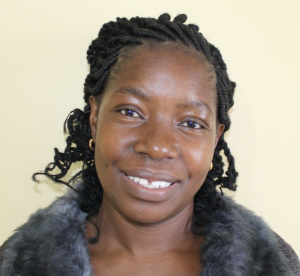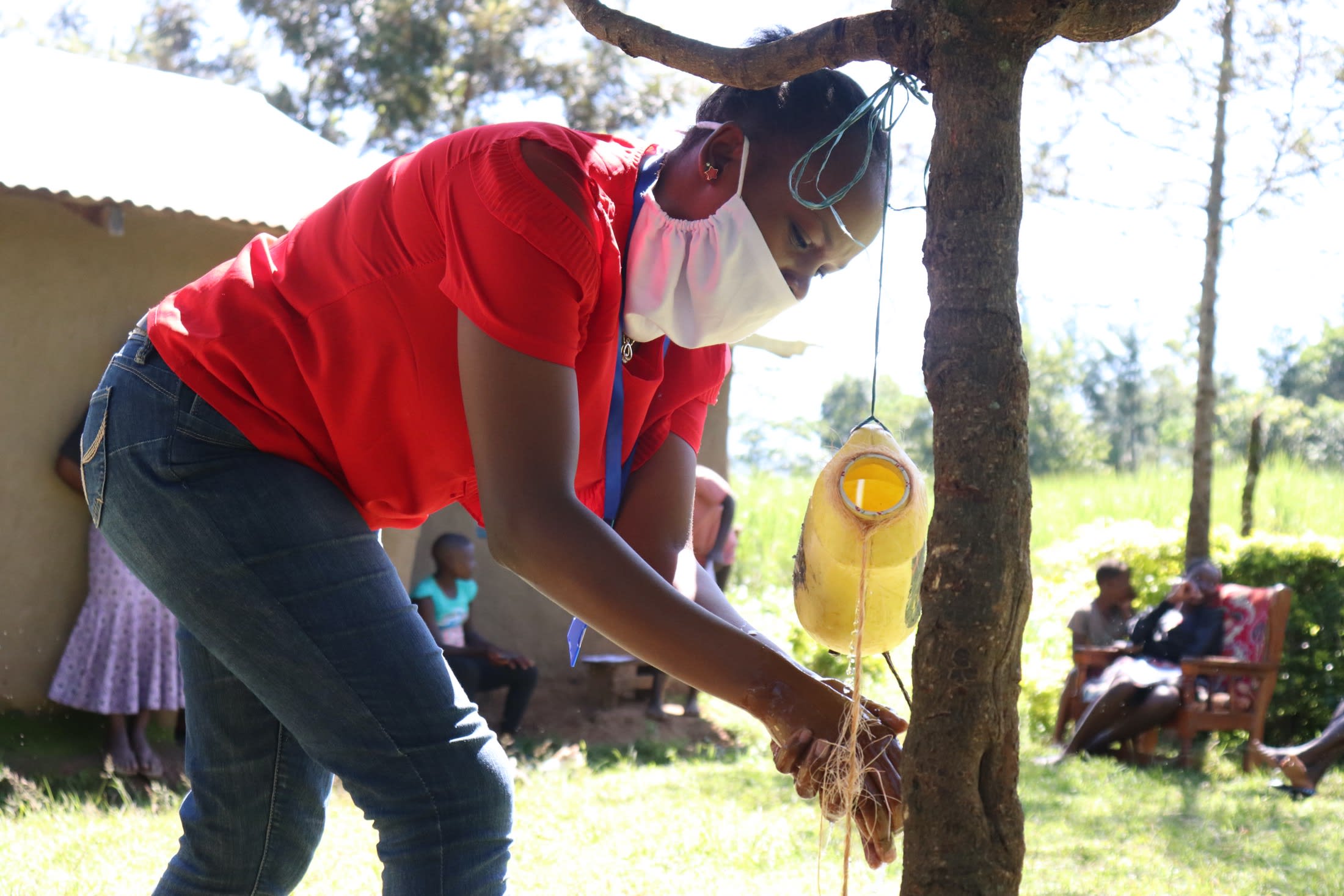There are 189 people living in this part of Kambiri who do not have regular access to clean and safe water. Instead, they fill their buckets with the dirty water found nearby at Sachita Spring.
This water is entirely open to contamination and gets especially dirty when it rains. Animals are free to come and go as they please, contaminating the water further. Nonetheless, containers are dunked under the surface and filled with water used for drinking, cooking, cleaning, and many other things.
People suffer from waterborne diseases like typhoid.
"We are tired of visiting the health facility every now and then because of waterborne diseases. At first, we didn't know the cause of sickness and now that we know we will be grateful if this spring is protected so as to reduce money spent on treatment of preventable disease through taking clean and safe water," said Mr. Sachita.
This makes it so much harder for community members to make a living and care for their families. Sickness keeps them off of their maize farms.
Sachita Spring is near Kakamega Forest, which is the only existing indigenous equatorial forest in Kenya with over 360 birds species and is known for the blue monkeys that live within. The community members take pride in the existence of the forest since it is a big reason why springs in this area don't run dry at all. This forest also acts as a tourist attraction center that has led to the economic growth of the area, providing employment opportunities for people who act as tour guides.
What we can do:
"Our people need to be taught about proper sanitation and improved hygiene. A simple act like washing hands with soap after using the latrine is not practiced because people think it doesn't much affect someone's health - yet it a major cause of health problems experienced in our community," said Mrs. Ayuma.
Some community members have dish racks and clotheslines, but only a few have garbage pits since they prefer throwing waste on their farms, which acts as manure. The biggest area that needs improvement is practicing handwashing after using the latrine and dental hygiene.
Training
Community members will attend hygiene and sanitation training for at least two days. This training will ensure participants have the knowledge they need about healthy practices and their importance. The facilitator plans to use PHAST (Participatory Hygiene and Sanitation Transformation), CLTS (Community-Led Total Sanitation), ABCD (Asset-Based Community Development), group discussions, handouts, and demonstrations at the spring. One of the most important topics we plan to cover is the handling, storage, and treatment of water. Having a clean water source will be extremely helpful, but it is useless if water gets contaminated by the time it’s consumed.
Training will also result in the formation of a committee that will oversee operations and maintenance at the spring. They will enforce proper behavior around the spring and delegate tasks that will help preserve the site, such as building a fence and digging proper drainage. The fence will keep out destructive animals, and the drainage will keep the area’s mosquito population at a minimum.
Sanitation Platforms
Less than half of households have a pit latrine, so those who don't have one most often share with their neighbor. Latrines are made of mud, making them extremely hard to keep clean.
On the final day of training, participants will select five families that should most benefit from new latrine floors.
Spring Protection
Protecting the spring will ensure that the water is safe, adequate and secure. Construction will keep surface runoff and other contaminants out of the water. With the community’s high involvement in the process, there should be a good sense of responsibility and ownership for the new clean water source.
Fetching water is predominantly a female role, done by both women and young girls. Protecting the spring and offering training and support will, therefore, help empower the female members of the community by giving them more time and efforts to engage and invest in income-generating activities.

 Protected Spring
Protected Spring
 Rehabilitation Project
Rehabilitation Project









































